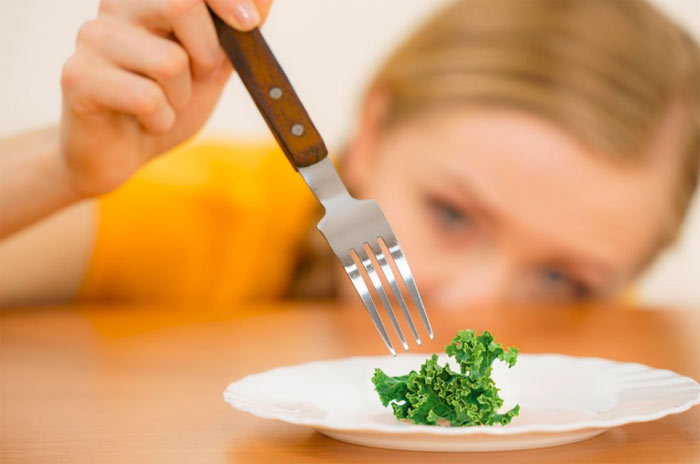How to Encourage Healthy Eating in Kids?
Meal times may be the most strenuous times for many families. Kids rush into the kitchen and immediately a volley of complains bursts out: they look down on the salad and veg stew, and steadfastly refuse to sit at the table if there are no chicken nuggets. While you are painfully aware how much your kiddos require proper nutrition, they don’t care about it and are perfectly primed to constantly insist on being fed along their own lines.
Having to give in before their overwhelming energy and reaching for a bag of nuggets, you are aware that you are losing the battle. Will they ever switch to healthy food and how you can set about it?
Promote healthy eating habits
No matter how grown the kid is, children follow their taste and tend to develop strong preferences. In order to wean them to nutritious foods, the best way to draw their attention to healthy dishes is to make them look attractive.
Shift your attention from every particular meal to the whole diet, introducing unprocessed food, any kind of food that is in its natural condition, sans processing and excessive packaging. Go for stuff that is whole.
Keep in mind that you set an example. You will do best when your kid imitates you and you both sit down to eat the same food (and they see you munch at it happily).
If a dish has a bland taste, try and make it more tasteful – boil vegetables in a meat broth, mash potatoes with carrots, add soupçons of sweet apple or other sweet fruits to tasteless dishes.
You can’t rely on takeaway meals for being health-friendly – they are likely to contain fat and more sugar than you want, so your best bet is to cook at home. It can prove a huge benefit in the long run. Cook in large quantities so that two or three sessions would produce enough meals for days ahead.
If you involve your children in buying food and cooking, they will get to know more about what you can buy and what ingredients different foods contain.
See to it that there are healthy drinks and snacks in store, so that when the kid feels like grabbing a snack, they will pick a fruit, some vegetables and juice instead of cookies and fuzzy drinks.
Don’t pile up food on the plate. When the kid leaves leftovers, let them do it, and make a point of never rewarding them with food.
Give your child(ren) a master class on eating the right way. Lay vegetables on one side of the plate telling that the nutrients in them are necessary for proper growth. Say that the rest of the meal should comprise some lean protein or whole-grain food which goes for the energy enabling them to play and run. Taking them around a shop, point out these necessary healthy foods.
Never refer to dishes as “good food” or “bad stuff” so that kids don’t learn to exclude mentally some kinds of foods. Tell them all foods should be present in a good diet, but some should be taken every day; they should mark out as “green-light food“ whole-grain meals as opposed to not so healthy foods – french fries and suchlike things that are not very nourising. Tell the child he or she can eat them, but devouring them in large quantities just won’t do.



